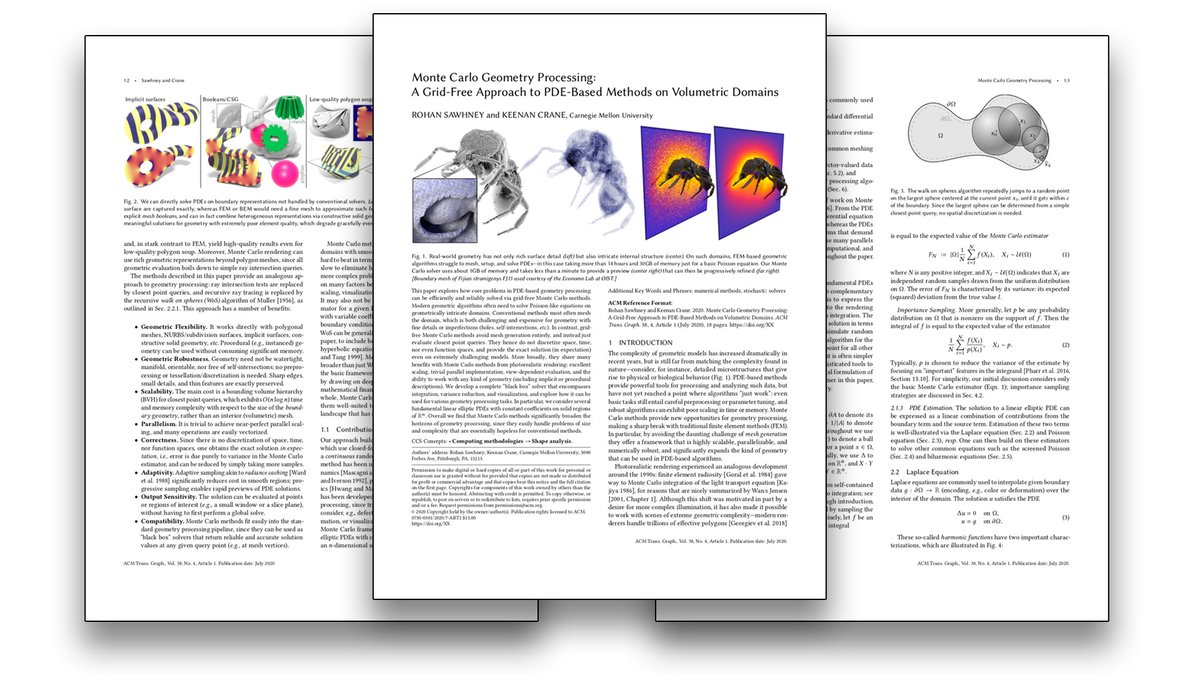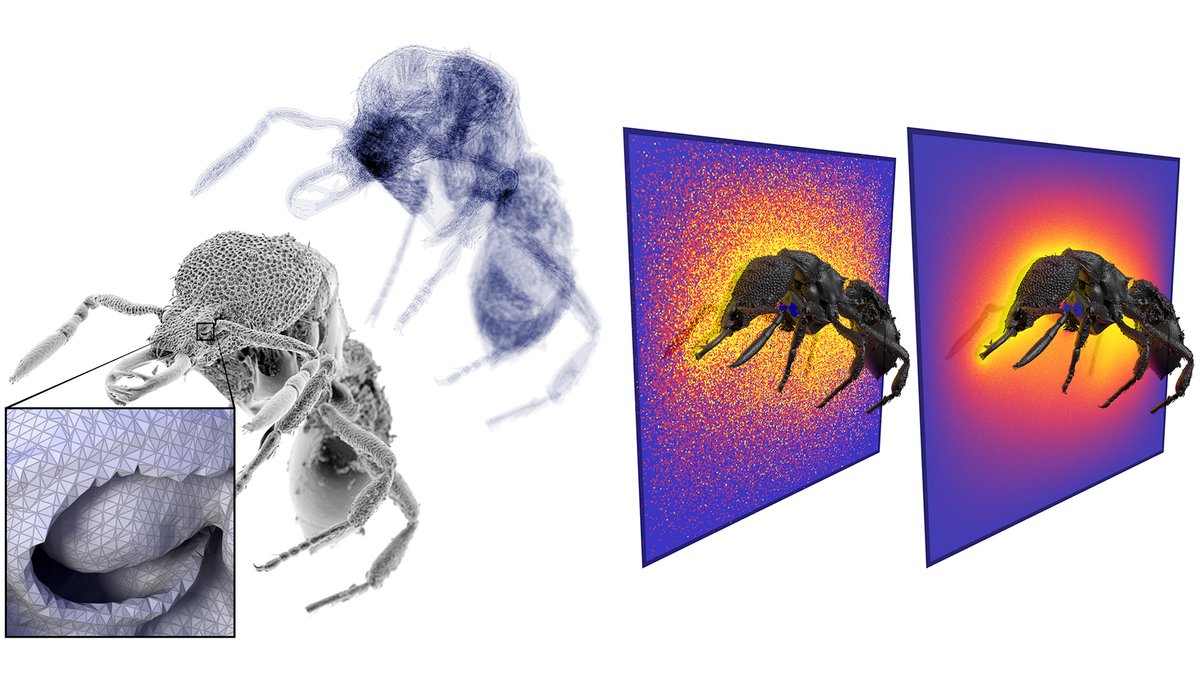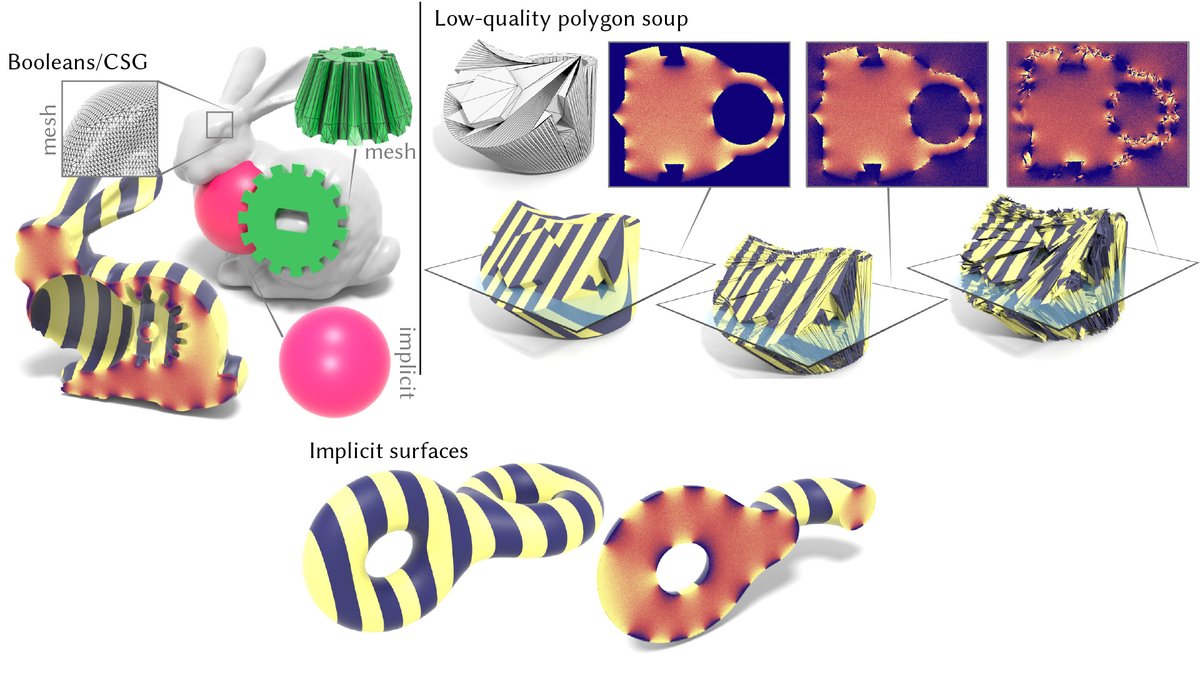web: cs.cmu.edu/~kmcrane/Proje…
code: github.com/nmwsharp/nonma…
video: youtube.com/watch?v=JY0koz…
(1/n)
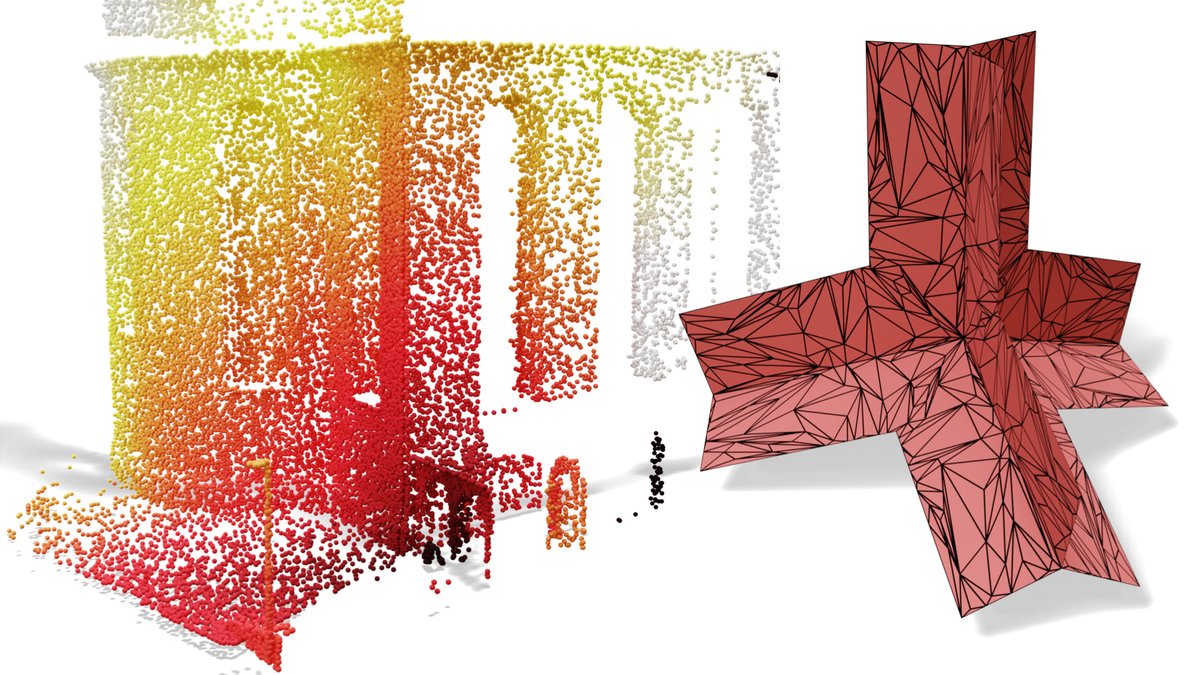
youtube.com/watch?v=oEq9RO…
(2/n)
cs.cmu.edu/~kmcrane/Proje…
(3/n)
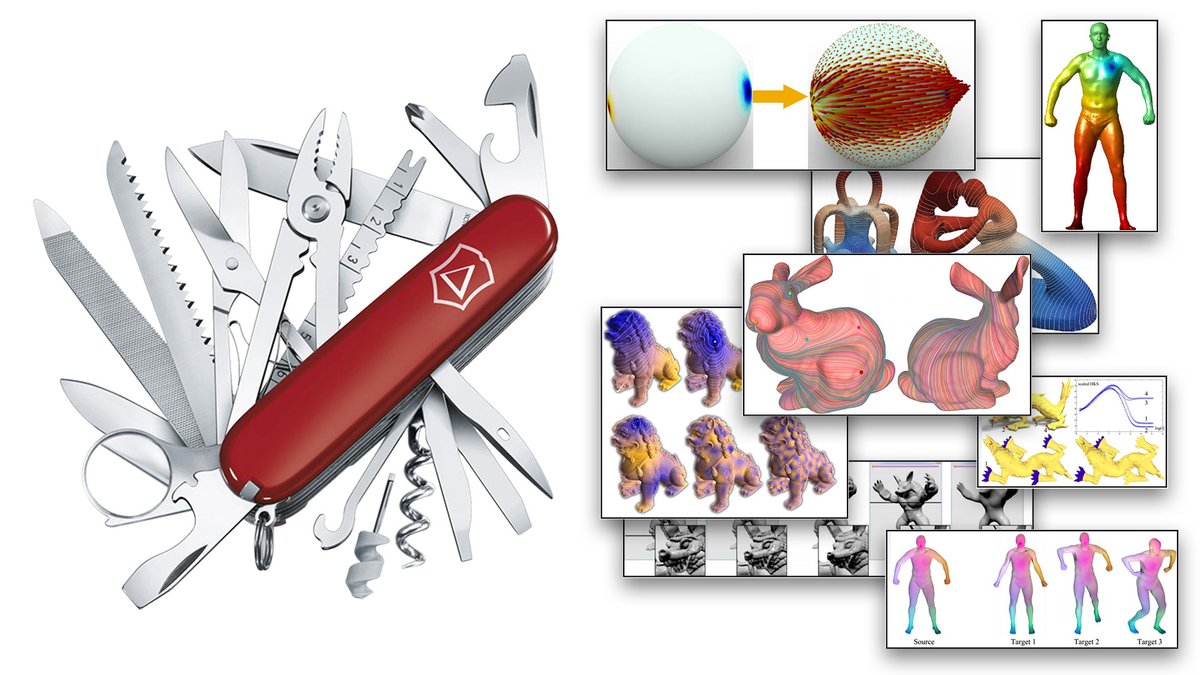
1. it doesn't accurately represent the shape
2. it has bad elements (like skinny triangles)
3. it has crazy connectivity (e.g., nonmanifold)
(5/n)
And if you have a chance, attend the (free!) Symposium on Geometry Processing @GeometryProcess next week, where you'll see this and many other terrific new papers on geometry processing! (n/n)











